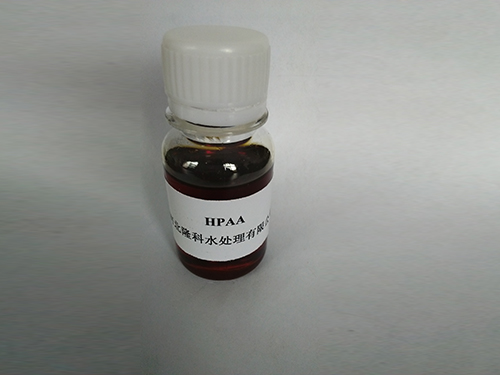coagulation and flocculation
Coagulation and Flocculation Essential Processes in Water Treatment
Coagulation and flocculation are crucial processes in the treatment of drinking water and wastewater, playing a vital role in ensuring water quality and safety. These processes involve the removal of suspended particles, colloids, and microorganisms from water, thereby improving its clarity and safety for human consumption and environmental discharge.
Coagulation is the initial phase where chemical coagulants are added to the water. Common coagulants include aluminum sulfate (alum), ferric chloride, and polymeric agents. These chemicals neutralize the charges on the suspended particles, allowing them to aggregate. In natural water bodies, particles often carry negative charges due to organic material or silt, which prevents them from clumping together. The addition of coagulants neutralizes these charges, enabling smaller particles to attract and bind together.
Once coagulation has occurred, the next step is flocculation. This phase involves gentle mixing, which encourages the agglomerated particles, or flocs, to grow larger by colliding with one another. Flocculation is typically achieved through mechanical stirring or the use of rotary flocculators, which provide the necessary mixing without breaking the newly formed flocs apart. The optimal duration and intensity of mixing are crucial; too little mixing may not produce sufficiently large flocs, while excessive mixing can break them down.
coagulation and flocculation

As the flocs grow larger and heavier, they begin to settle at the bottom of the treatment tank, a process known as sedimentation. The clear water on the surface can then be decanted or siphoned off. This step is critical because it helps to remove a significant portion of impurities, including pathogens, organic matter, and suspended solids. The settled flocs, often referred to as sludge, may then be removed and processed further, ensuring that the contaminants do not re-enter the water supply.
The efficiency of coagulation and flocculation can be influenced by several factors, including water temperature, pH, and the presence of certain ions. For instance, a higher pH can enhance coagulant efficiency, while lower temperatures may impede floc formation. Thus, water treatment facilities often monitor and adjust these parameters to optimize the processes.
In summary, coagulation and flocculation are integral to modern water treatment systems. Through these processes, we can achieve cleaner and safer water, thereby protecting public health and contributing to environmental sustainability. As water scarcity and quality issues continue to pose challenges worldwide, understanding and improving these methods is essential for future water management strategies. With ongoing research and technological advances, the efficiency and effectiveness of coagulation and flocculation will continue to evolve, ensuring that populations have access to clean and safe water.
-
Water Treatment with Flocculant Water TreatmentNewsJun.12,2025
-
Polymaleic AnhydrideNewsJun.12,2025
-
Polyaspartic AcidNewsJun.12,2025
-
Enhance Industrial Processes with IsothiazolinonesNewsJun.12,2025
-
Enhance Industrial Processes with PBTCA SolutionsNewsJun.12,2025
-
Dodecyldimethylbenzylammonium Chloride SolutionsNewsJun.12,2025





